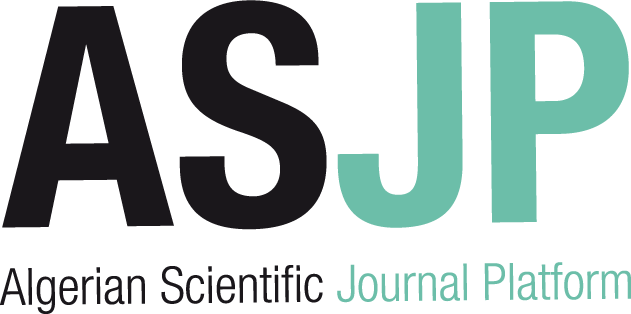[article]
| Titre : |
Production of sebacic acid using two-phase bipolar membrane electrodialysis |
| Type de document : |
texte imprimé |
| Auteurs : |
Fang Zhang, Auteur ; Chuanhui Huang, Auteur ; Tongwen Xu, Auteur |
| Année de publication : |
2009 |
| Article en page(s) : |
pp. 7482–7488 |
| Note générale : |
Chemical engineering |
| Langues : |
Anglais (eng) |
| Mots-clés : |
Sebacic acid Two-phase bipolar membrane electrodialysis |
| Résumé : |
To produce a water-insoluble acid—sebacic acid—in an environmentally friendly manner, two-phase bipolar membrane electrodialysis (TPBMED) was proposed to convert sodium sebacate into sebacic acid in ethanol−water mixtures. The results indicated that BP-C configuration (BP, bipolar membrane; C, cation-exchange membrane) was better than the other configurations: BP-A (A, anion-exchange membrane), BP-A-C, and BP-A-A. In a TPBMED stack of BP-C configuration, the sodium sebacate could be totally transformed to sebacic acid with a current efficiency of 94% and energy consumption of 2.2 kW h kg−1. The process cost was estimated to be $0.57 kg−1. Nonetheless, to simultaneously dissolve sebacic sodium and sebacic acid, the ethanol content in the mixture was controlled at 60 v/v %, and the maximal concentration of sebacic acid produced was only 0.13 mol dm−3 due to the limit on solubility. |
| En ligne : |
http://pubs.acs.org/doi/abs/10.1021/ie900485k |
in Industrial & engineering chemistry research > Vol. 48 N° 16 (Août 2009) . - pp. 7482–7488
[article] Production of sebacic acid using two-phase bipolar membrane electrodialysis [texte imprimé] / Fang Zhang, Auteur ; Chuanhui Huang, Auteur ; Tongwen Xu, Auteur . - 2009 . - pp. 7482–7488. Chemical engineering Langues : Anglais ( eng) in Industrial & engineering chemistry research > Vol. 48 N° 16 (Août 2009) . - pp. 7482–7488
| Mots-clés : |
Sebacic acid Two-phase bipolar membrane electrodialysis |
| Résumé : |
To produce a water-insoluble acid—sebacic acid—in an environmentally friendly manner, two-phase bipolar membrane electrodialysis (TPBMED) was proposed to convert sodium sebacate into sebacic acid in ethanol−water mixtures. The results indicated that BP-C configuration (BP, bipolar membrane; C, cation-exchange membrane) was better than the other configurations: BP-A (A, anion-exchange membrane), BP-A-C, and BP-A-A. In a TPBMED stack of BP-C configuration, the sodium sebacate could be totally transformed to sebacic acid with a current efficiency of 94% and energy consumption of 2.2 kW h kg−1. The process cost was estimated to be $0.57 kg−1. Nonetheless, to simultaneously dissolve sebacic sodium and sebacic acid, the ethanol content in the mixture was controlled at 60 v/v %, and the maximal concentration of sebacic acid produced was only 0.13 mol dm−3 due to the limit on solubility. |
| En ligne : |
http://pubs.acs.org/doi/abs/10.1021/ie900485k |
|


 Ajouter le résultat dans votre panier Faire une suggestion Affiner la recherche
Ajouter le résultat dans votre panier Faire une suggestion Affiner la rechercheProduction of sebacic acid using two-phase bipolar membrane electrodialysis / Fang Zhang in Industrial & engineering chemistry research, Vol. 48 N° 16 (Août 2009)











